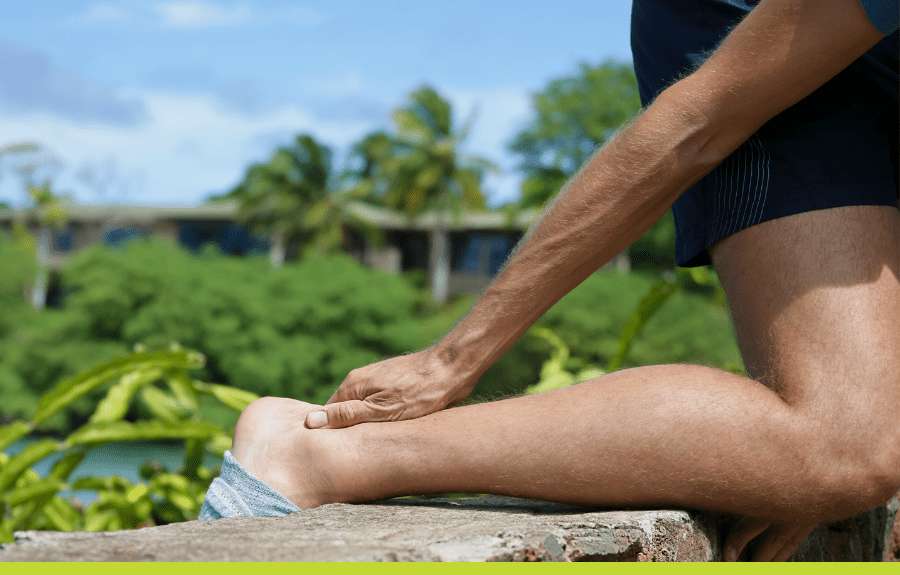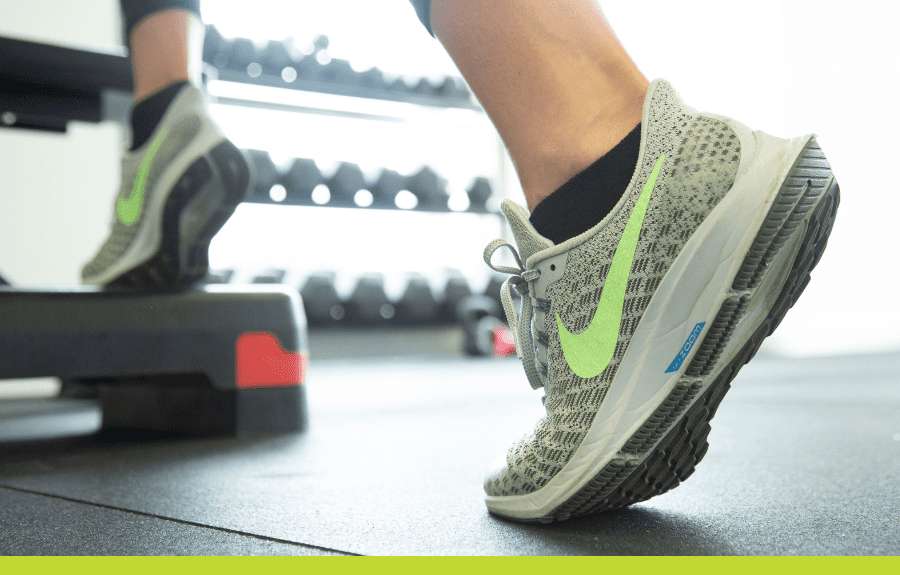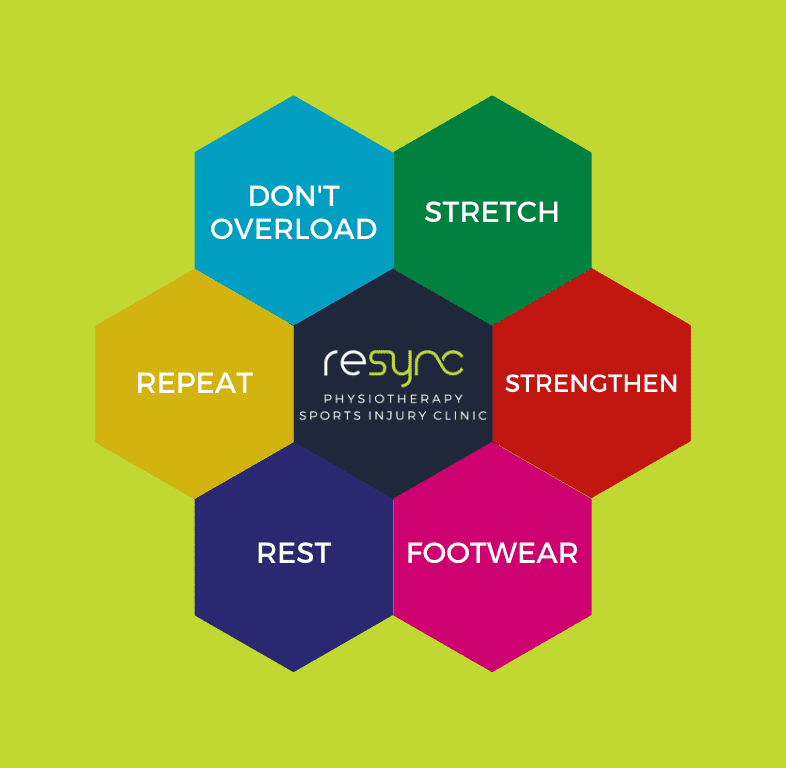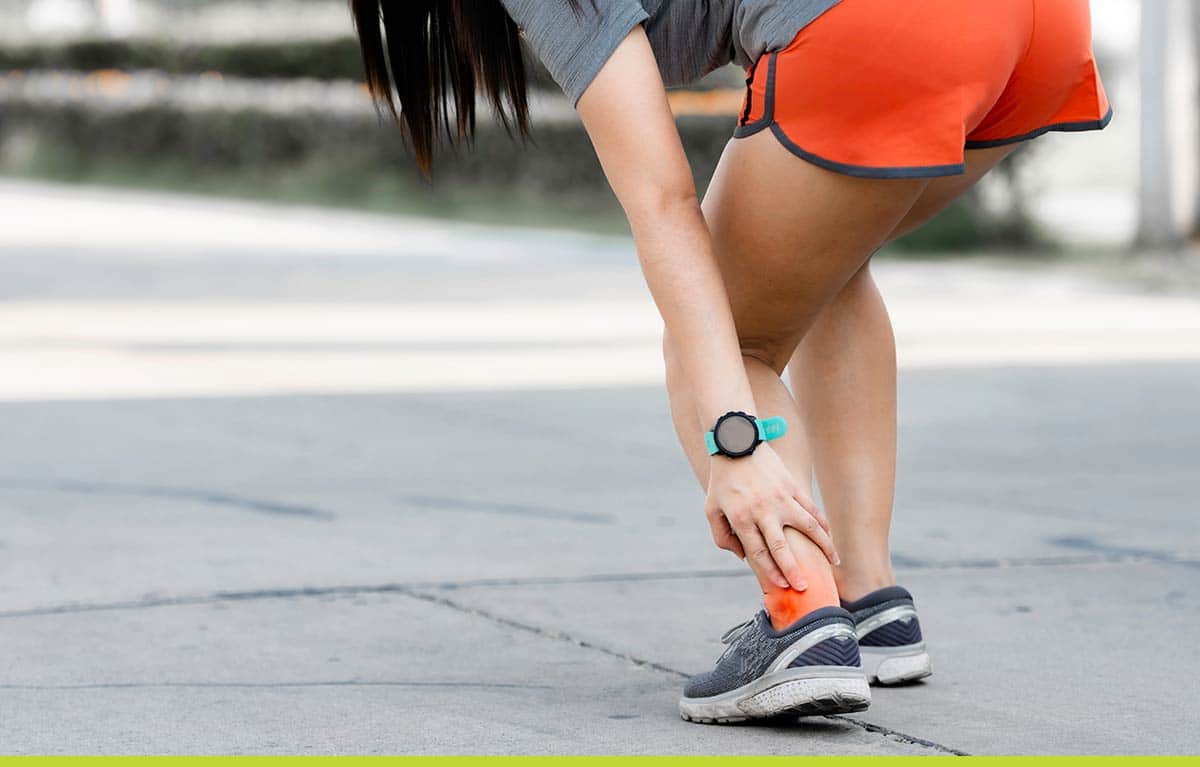We discuss what the achilles tendon does, how to overcome achilles tendon pain, and exercises you can utilise to help prevent injury in the future.
In our last blog, we discussed Low Back Pain, the causes of that pain, and with treatment you can prevent the pain from recurring. In this blog series, we delve into running injuries beginning with Achilles Tendon Pain.
Table of Contents
Anatomy and Function of the Achilles Tendon
How does Achilles Tendinopathy Typically Present?
Extrinsic Factors for Achilles Tendinopathy:
Intrinsic Factors for Achilles Tendinopathy:
Prognosis
Conclusion
“Achilles Tendon Pain is most commonly associated with middle to long-distance runners. Proper exercise can help to prevent injury but if the injury is recurring you may require treatment.”
Anatomy and Function of the Achilles Tendon
Achilles tendinopathy pain is a result of inflammation in the lower leg. The tendon, itself is located between your calf muscle and heel bone. Achilles tendinopathy is a type of tendon disorder that results in pain, swelling and impaired function. Pain may be experienced, at the mid-portion of the tendon, or at the insertion of the Achilles tendon at the back of the heel. The tendon is very strong and resilient but when it is exposed to higher loads, like running 5 times a week, and it’s not used to that, small tears begin to develop. Over time that tendon continues to be stressed by frequent running, this results in partial tears, pain and a tendinopathy.

How does Achilles Tendon Pain Typically Present?
The achilles tendon is one of the most commonly injured areas in middle and long-distance runners and is most prevalent among male runners between 35-55 years who have office jobs.
The active/sports person may notice a gradual development their symptoms over time with pain and stiffness in the achilles region especially in the morning. Other tell tale signs include stiffness at the beginning of exercises which subsides but then increases after training. Tenderness around the achilles tendon itself and pain going up or down stairs.
There are several factors associated with the development of an achilles tendinopathy.
Extrinsic Factors for Achilles Tendinopathy:
- Changes in the loading of the tendon (sudden increase in training load – distance/intensity)
- Return to training after a layoff period for another injury.
- Inadequate footwear.
- A recent change in training surface.
- Poor training techniques.
Intrinsic Factors for Achilles Tendinopathy:
- Poor ankle range of motion.
- Tight and/or weak calf muscles.
- Increased Body Mass Index (BMI).
- Flat feet.
- Inadequate leg muscle strength and power.
- Poor running biomechanics.

Prognosis
With good management of the condition achilles tendinopathy sufferers will recover in 8 -12 weeks for acute flare ups but can take up to 16 weeks for more chronic cases. This is a slow process. The reason this takes so long is that a tendon does not have as much of a blood supply as muscles of skin therefore it takes longer to heal. Patient may think that there achilles feels ok walking but running is a different story. Essentially running is jumping from one foot to another. After a bout of achilles tendinopathy, if you don’t specifically strengthen the tendon and increase your running gradually it is likely that you wont recover fully from the injury. You may have tried physio before, but did you stick to the rehab program religiously? Did you complete a weight program and a plyometric (jumping) program prior to returning to sport or running?
So how can Physiotherapy treat Achilles Tendon Pain or Injury?
- Shockwave therapy
- Pain reduction – Ice & Anti Inflammatories
- Soft tissue treatment.
- Strengthening and Stretching.
- Addressing the Intrinsic & Extrinsic
Conclusion
In conclusion, in order to avoid achilles tendon problems you should:
- Avoid an increase in training load by more than 10%
- Stretch
- Strengthen calf muscles
- Wear Appropriate foot wear
- Rest if in pain after running

This Article was written by Diarmuid Hegarty, Clinical Director Resync Physiotherapy, MICP MSc Physio, MSc Sports Med, NSCA.
Our team are here to answer any questions or queries you may have about your pain/injury.
We offer Free Consultation for people who are unsure if physiotherapy is right for them.



